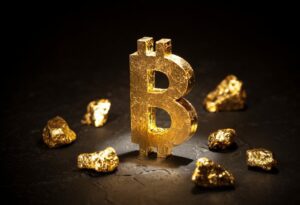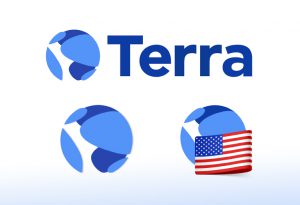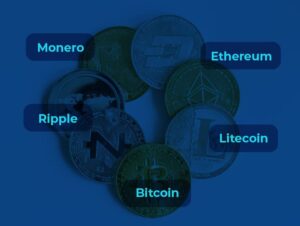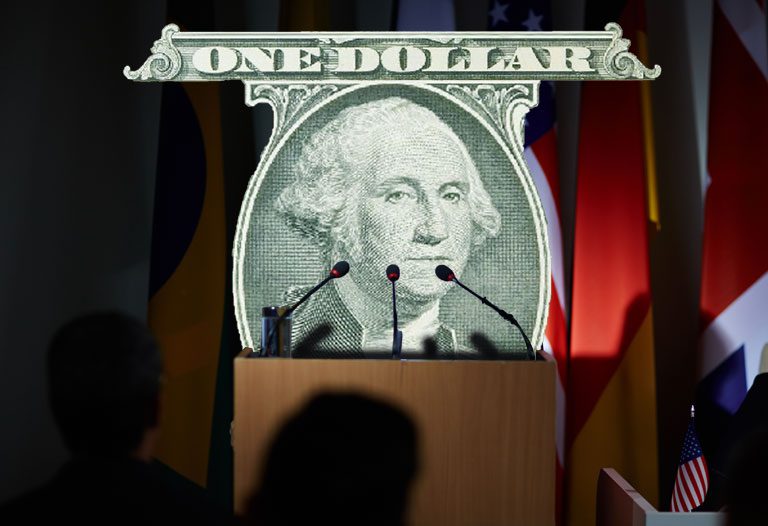
Table of Contents
ToggleThe steady growth of the cryptocurrency ecosystem has repopularized concepts of traditional finance with which we were unfamiliar. One of them is FIAT money and the question about what this type of money and what is its backing.
We constantly come across phrases like “No need to switch to FIAT” or “How to exchange FIAT for cryptos or vice versa?”. It is evident, simply by reading these expressions, that when we talk about FIAT we are referring to traditional money, which we have been using for a long period of time.
But, questions such as since when have we been using FIAT money, what does FIAT mean, or why do we call traditional currencies FIAT? Or why do we call traditional currencies FIAT, are some of the questions I will answer in the course of this article. Without further ado, let’s finally get down to business.
Definition of FIAT money
There are several ways of categorizing the money we use every day and which is created by the Nation States in which today’s society is organized. Indifferently, ” decree money”, ” fiduciary money” or “FIAT money” can be used to encompass the currencies that we use on a daily basis. Examples such as the US Dollar, Euro, Pound Sterling, Australian Dollar, Yen or the Mexican Peso, allow us to visualize what we are talking about.
But going to its concrete definition, the word FIAT is a word inherited from Latin which means: “Let it be done” or “let it be so”.
However, you may continue to ask yourself, why do we give it that name? It comes from the way in which national currencies are created and the backing they possess:
- FIAT currencies are created by the sole decision of the State that controls them.
- Their backing is null and void, they are not exchangeable for any element or asset that supports them.
Evidently, these two characteristics, with which we have been living for a few decades, may seem somewhat strong or shocking. The reality is that our national currencies are not backed by precious metals, such as gold and silver, as they once were. What sustains their value is the confidence of the population. What kind of trust? Basically, these coins represent money and fulfill its four fundamental characteristics.
In any case, before analyzing the functions of money, let us learn about the moment in which, as it could not be otherwise, by decree or unilateral decision of a Nation State, FIAT currencies were born.
The birth of FIAT money
Until 1971, the world financial system was governed by the gold standard. This meant that the currencies issued by each country were backed by gold reserves. In practical terms, any national banknote was exchangeable for a certain amount of gold.
Prior to the 1930 crisis, each country was in charge of issuing its own coins, according to the amount of gold it had in its own Central Banks. This generated:
- Problems in international exchanges, due to the lack of a common unit of measurement
- Unleashing of local measures that generated inflation by printing money without backing
After the crisis of 1929, the United States took on a preponderant role in the international economy. With promises to solve the aforementioned problems and avoid the arrival of new crises of this type, it was determined that:
- The dollar became the new standard against which the quotation of the currencies of the United States was defined.
- In order to obtain the dollars needed to issue new national currencies, it would be necessary to exchange them for gold.
- The U.S. Federal Reserve would be the custodian of the gold reserves that gave value to the dollar and, indirectly, to the local currencies.
The system worked and remained stable until 1971, when the United States decided to break with the gold standard.
Charles de Gaulle, the French claim and the breakdown of gold backing
In the 70s, the hero of the French resistance during World War II, Charles de Gaulle was serving one of his many terms as President of France.
From his government, the decision was taken to exchange the dollars that this country possessed, with the objective of recovering the gold that had been continuously delivered as a guarantee to the U.S. Federal Reserve.
With this French movement, the reality was exposed. Gold reserves were not sufficient to sustain the promise carried out in the 30s. On the other hand, the United States understood the risk that existed if other states imitated the French decision. The dollar was in danger of losing its preponderant place in the international economy.
This whole situation arose within the framework of a great indebtedness generated during the administration of the North American country by Richard Nixon, due to the Vietnam War, as part of the comprehensive plan for the fight against communism.
In this context, Richard Nixon, on August 15, 1971, announced in an unprecedented television broadcast that “momentarily” every dollar in existence would no longer be backed by gold. In other words, Nixon told the world that every dollar was no longer exchangeable for a given amount of gold.
Birth of fiat money
After Nixon’s declaration, the money issued by modern countries ceased to have a certain backing, to give birth to the era of the “dollar standard” or FIAT money. The money we use today is created from the unilateral decision of a government and its backing is none other than the confidence of the population that these currencies are money.
Yes, it is chilling just to think how weak the foundations of the international financial system are.
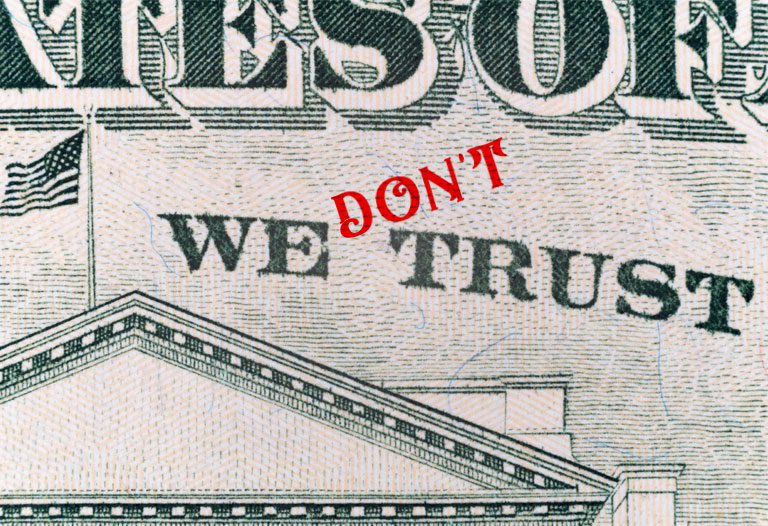
What functions must a currency fulfill to be money?
The logical question that may arise after this extremely brief historical review of the recent history of money is why these currencies created unilaterally and without any backing are rightly considered money.
Since ancient times, it has been established that for a currency to be considered money, it must fulfill four functions. These are as follows:
- Measure of value
- Exchange instrument
- Means of payment
- Reserve of value
Let’s see what each of them is about.
Measure of value
This function, which is also known as unit of account or price standard, is understood as the simplification that money provides when it comes to:
- Setting prices for goods and services
This role that money plays makes possible the development of an economy of the level of complexity we are dealing with today. By owning a unit of account, we can:
- Reduce transaction costs
- Limiting the quantity of prices in an economy
- Facilitating transactions
Exchange instrument
This role of money is also known as a medium of exchange. It is the key point to distinguish money from the rest of the financial assets existing in an economy.
Money, in its various forms, such as cash or bank deposits, is used in the purchase and sale of goods and services without any question as to its acceptability as a form of payment for the obligations incurred in these transactions.
Its use as a medium of exchange solves problems related to economic efficiency by eliminating costs involved in the exchange of goods and services. Once again, money simplifies business interactions.
Means of payment
Money acts as a medium of exchange when it is introduced into the circuit of mercantile transactions in cash or in cash. On the other hand, when the money enters the credit circuit and is used to pay off the debts contracted there, it is fulfilling the functions of a means of payment.
We have often heard that credit plays an essential role in the full development of a society. It is through this instrument that the receivables have the necessary means to be estimated and subsequently cancelled.
Reserve of value
The fourth and last function of money is found when we count on the fact that, after having been stored for a long period of time, their purchasing power or buying power will not have diminished. Quickly, we can think that money is not a store of value when we see the levels of inflation throughout its history. Various financial and nonfinancial assets play this role to perfection. Logically, BTC or ETH, may assault our thoughts.
The difference is that money is undoubtedly the most liquid asset in the world economy. Now, what does the liquidity of an asset mean? This characteristic refers to the ease with which it can be converted into money and exercise its purchasing power. The more liquid an asset is compared to other assets, holding all other conditions constant, the more attractive it will be and the more demand for it will increase.
This is how we arrive at the famous phrase:
- “Cash is king”

The future of FIAT money
As brief as the historical review of money in this humble article has been, it is enough to highlight the weaknesses of the global financial system.
It was in the Middle Ages, when precious metals such as gold and silver were used as coins, that money was born in the form of bills representing a certain amount of those precious metals. Since the national currencies have lost their backing, the deterioration in the purchasing power of each of them has only got worse. It is in this context, boosted by a new crisis (that of 2008), that bitcoin saw the light of day.
Creating currency outside the state sphere is considered a crime. This power exercised by modern nations is reflected in the arrests of crypto developers, which make the front pages every day. Bitcoin was born to move the state away from money creation. The foundations for the revolution have been laid. It is just a matter of not losing sight of the original objectives and continuing with this utopian goal.

